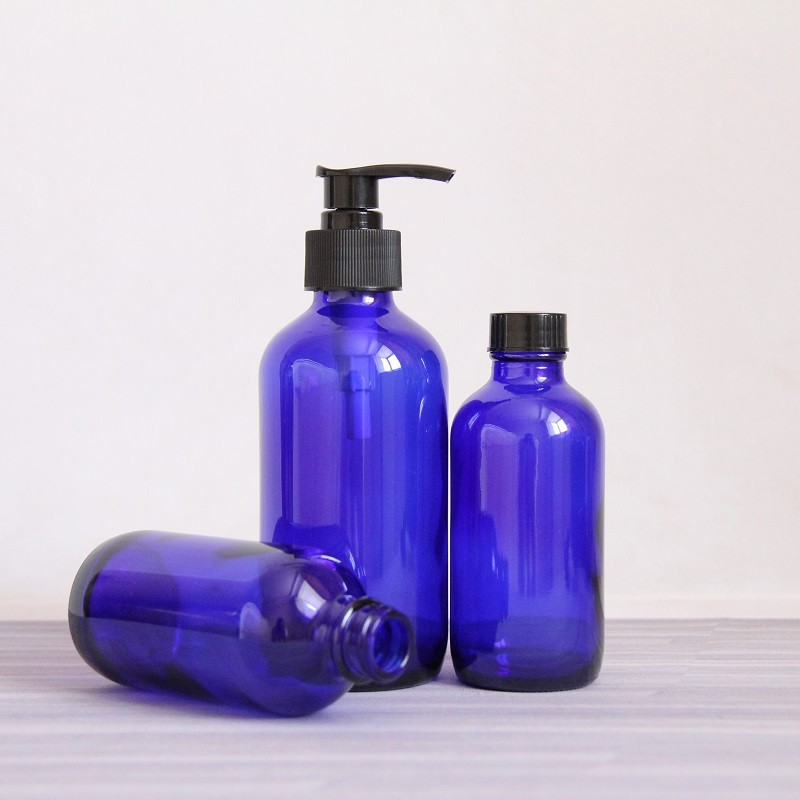In 1994, the United Kingdom began to use plasma for glass melting test. In 2003, the United States Department of energy and glass industry association carried out a small-scale pool density test of high-intensity plasma melting E glass and glass fiber, saving more than 40% energy. Japan’s new energy industry technology comprehensive development agency also organized Japan’s xiangnituo and Tokyo University of technology to jointly establish a 1t / D test. The glass batch was melted in flight by radio induction plasma heating. The melting time was only 2 ~ 3H, and the comprehensive energy consumption of the finished glass was 5.75mj/kg. In 2008, xiangnituo carried out a 100t soda lime glass protection test, and the melting time was shortened to 1 / 10 of the original, Energy consumption reduced by 50%, Co, No. pollutant emissions reduced by 50%. Japan’s new energy industry (NEDO) technology comprehensive development agency plans to use 1 t soda lime glass test solution for batching, in-flight melting combined with decompression clarification process, and plans to reduce the melting energy consumption to 3767 kJ / kg glass in 2012.
In terms of glass raw materials, galena and red lead were used to melt glass in history. The lead glass made of galena and red lead is transparent and easy to form and carve, which is far better than soda lime glass. It was once thought that this is a progress. But later, people gradually found out the harm of lead glass pollution. At present, in addition to optical glass and lead quality glass, Europe has made a series of experiments on electronic materials, glass, glass, glass, glass, glass, glass, glass, glass, glass, glass, glass, glass, glass, glass, glass, glass, glass, glass, glass Lead was banned from toys and some packaging materials. Mercury, cadmium and arsenic were also banned. From the 18th century to the 19th century, glass mirrors were coated with tin on the back of the glass for reflection, but they were highly toxic. In 1835, chemical silver was used instead. In ancient times, arsenic oxide was used as opacifier to make imitation jade products. The effect was difficult for other opacifiers to achieve. However, due to its toxicity, it has long been forbidden to be used as opacifier. Not only the glass containers contacting with food and drink were used as clarifier instead of arsenic oxide, but even the optical glass was also used to remove arsenic, The development of non optical glass has reduced the consumption of non renewable resources such as raw materials and energy, as well as the carbon consumption in transportation. Taking the UK as an example, each glass bottle is reduced by 1 / 10, and the consumption of 250000 tons of glass and 180000 tons of CO2 emission are reduced every year. Foreign scholars also pointed out that the quality of wine bottles decreased by 1g, and the co emitted into the atmosphere also decreased by 1g. In aerospace, aviation, transportation, glass mass reduction is more significant. In addition to radiation resistance, the mass of space optical system needs to be reduced. For example, TiO2 is used to replace PbO, Bao, CDO to prepare optical glass with the same refractive index. In order to reduce the weight of automobile windshield, 2mm flat glass substrate is used to prepare safety glass. This is especially true for flat panel displays, where the glass thickness has been reduced from 2mm to less than 1.5mm; The thickness of the touch screen is reduced from 0.5mm to 0.1mm; The thickness of portable electronic device display is reduced to 0.3mm. In 2011, Asahi nitzsch produced 0.1 mm alkali free substrate by float method for touch screen, second generation display, lighting and medical treatment. Thin glass and ultra-thin glass are used for the substrate and cover plate of solar cells in satellites, spacecrafts and spacecrafts to save energy consumption in launching and operation. The thickness of the substrate and cover plate is gradually reduced from 0,1 mm to 0.008 mm.
The integration and intellectualization make the same kind of glass products have multiple functions and become a new type of comprehensive material with dual and multiple functions, which makes the original need to use multi-functional glass and turn it into a kind of functional glass. For example, the future intelligent building glass has the functions of automatic dimming, sound insulation, heat protection, air purification, antibacterial and sterilization, and can also combine photovoltaic integration (solar cell power generation), solar heat collection, photocatalytic reaction hydrogen and glass curtain wall to form an intelligent building with energy saving, environmental protection and comprehensive utilization of resources.
The hybrid of glass and organic matter refers to the combination of the two in the nano scale, which can strengthen the interaction of the interface, give full play to the rigidity, dimensional stability, high softening temperature and high thermal properties of glass, and also make use of the shear, soft processability and modifiability of organic small molecular polymer, so as to obtain new materials that can be designed, assembled, mixed and modified. New functions of hybrid materials can be obtained by selecting different organic components, such as adding conductive polymers into transition metal alkoxide system. The properties of hybrid materials can be designed and adjusted purposefully, such as adding organic dyes or p-conjugated polymers into glass network to obtain optical materials with linear to nonlinear properties; For example, the glass transition temperature of phosphate low melting glass prepared by hybridization is as low as 29 ℃.
The traditional glass is fragile, which affects its use. The strength and strengthening of glass is an urgent research task. In the future, we need to deeply explore the structural causes of microcracks, use surface simulation technology, how to prevent the propagation of cracks, how to heal cracks, how to change the surface characteristics of glass, and how to strengthen the glass with nanostructures.
In the future, traditional glass needs to improve the content of science and technology, improve the utilization rate of resources, and move towards green and multi-functional development, from the scale expansion of low-end industry to the development of high added value and high quality. As for functional materials, some excellent properties of glass can not be replaced. The 21st century is the century of photonics, and photonics technology can not be separated from photonics glass, which has a great influence on information generation, transmission, storage, display, storage, storage, storage, storage and so on Solar energy is an important renewable energy and clean energy, and glass is an important material for solar power generation, such as ultra white glass substrate and cover plate of solar cells, transparent conductive glass, especially the integration of photovoltaic building. It has a wide application prospect to combine solar power generation with glass curtain wall.
Post time: Jun-11-2021


